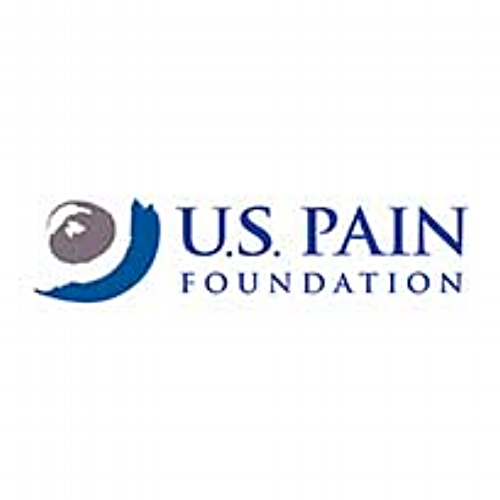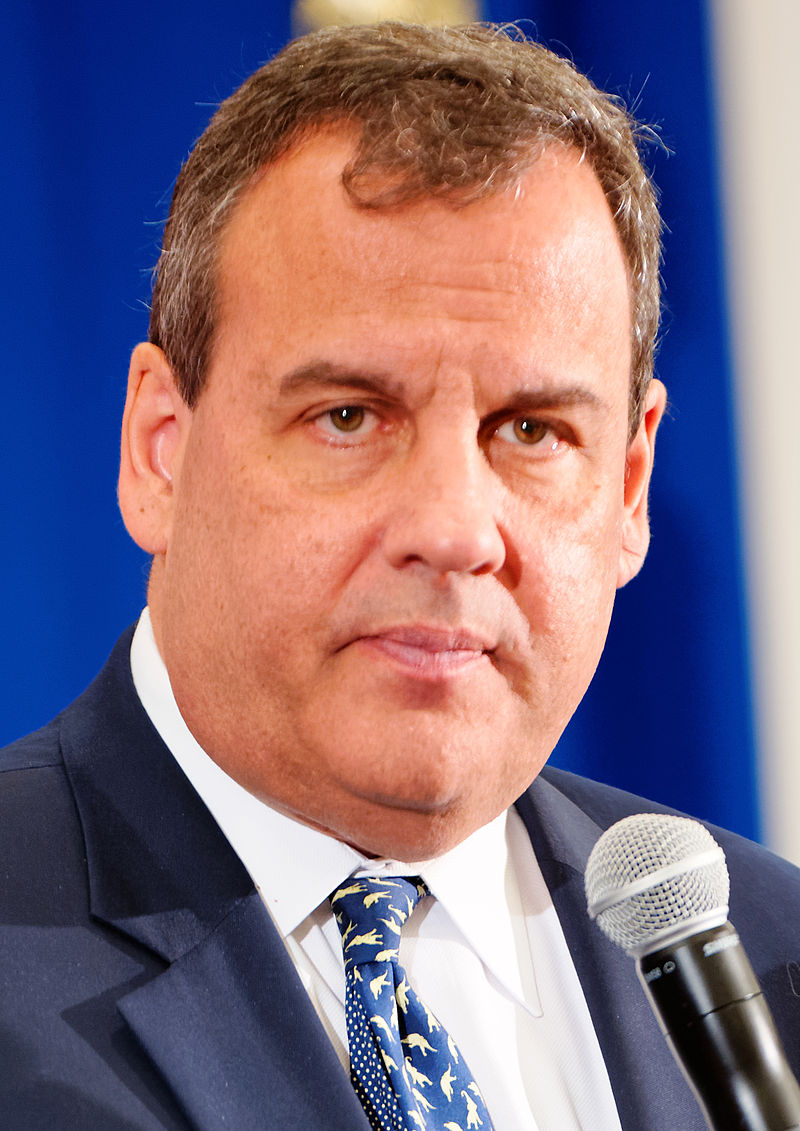Human Rights Watch: CDC Guideline Needs Revision
/By Pat Anson, PNN Editor
Federal and state efforts to reduce opioid prescribing have harmed pain patients across the country and caused many doctors to arbitrarily cutoff or taper patients who need opioid medication, according to a new report from Human Rights Watch.
“Not Allowed to Be Compassionate” -- a 99-page report by the New York based non-profit -- highlights the many unintended consequences of the 2016 CDC opioid guideline, which discourages doctors from prescribing opioids for chronic pain. The report recommends the CDC revise the guideline to explicitly state that patents should not be involuntarily tapered off opioids and that some patients may require high doses.
“Many individuals with chronic pain are being involuntarily tapered from essential medicines that are vital to their daily functioning, depriving them of their right to health,” the report found.
“Health care providers in some cases are even turning away such individuals, insurance companies and programs are refusing coverage, and state governments are preventing physicians from using their medical judgement to provide appropriate care.”
Although voluntary and only intended for primary care physicians, the CDC guideline has been widely adopted by regulators, law enforcement and insurance companies, with little or no effort made to measure its impact on pain patients and the quality of their care.
One of the most surprising things Human Rights Watch learned, according to researcher Laura Mills, is how little the government knows — or is willing to say — about cutbacks in opioid prescribing.
“We went into this report hoping we’d be able to find some data. And what we found is, if there is data, none of it has been published,” Mills told PNN. “We don’t know how many people committed suicide. We don’t know how many people are alive or dead within a year of tapering. We don’t know how many people are hospitalized.
“And that’s a huge risk because essentially we’re letting dramatic policy changes take effect very quickly. Many of these may be justified, but we aren’t measuring in real time what’s happening. At least none of these organizations are doing it in a way that’s public.”
‘Agonizing Pain Like Torture’
The report tells the story of Maria Higginbotham, a Seattle-area woman with an aggressive form of degenerative disc disease. Multiple surgeries not only failed to relieve her pain, they left her with adhesive arachnoiditis, a chronic inflammation of spinal nerves.
Although bedridden and in constant pain, Higginbotham’s doctor is planning to reduce her dose of opioid medication by 75 percent to comply with the CDC guideline.
“I’m 57 years old and I’m almost completely bedridden due to agonizing pain like torture,” Higginbotham said. “I cannot hold my 15-month-old grandson. I cannot hold my beloved dogs, I can’t bend over to touch them. I cry out in my sleep because I can’t find a way to get comfortable.
“I can barely get myself off of my toilet. Sometimes I have to get off the couch by getting on my hands and knees and pulling myself up because I can’t stand up it hurts so badly.”
Higginbotham’s doctor told Human Rights Watch he had no choice but to cut her opioid dose, even though he knows the medication is helping her.
“There’s a lot of talk in the pain medicine world that if you do not get people down to 90 morphine equivalents, you set yourself up for a liability, especially if something were to happen to that patient,” he said. “We still feel like we’re vulnerable to being held liable for patients if they’re over that guideline limit, even when you know they’re not addicted and they’re benefiting (from opioids).”
You can learn more about Maria Higginbotham and the Human Rights Watch report in this video:
Right to Health
Although the consequences to pain patients like Maria Higginbotham have been “catastrophic,” Human Rights Watch stopped short of calling them a human rights violation. International law gives cancer and palliative care patients a right to pain management, but it is less clear about non-cancer pain. Chronic pain patients may have a “right to health,” but they don’t have a right to opioids.
“While opioid analgesics are the cornerstone of cancer pain management, these medications do not play a central role in chronic pain management and are, indeed, controversial. The available evidence suggests that effective treatment of chronic pain requires a multidisciplinary approach, using pharmacological and non-pharmacological tools,” the report found.
“Nonetheless, the right to health clearly applies to chronic non-cancer pain patients, as does the prohibition of torture, cruel or degrading treatment or punishment, and some of the same broad principles that apply to pain management for palliative care patients apply to chronic non-cancer pain patients.”
In addition to a revision of the CDC guideline, Human Rights Watch is calling for better insurance coverage of alternative pain therapies and a new system of metrics that measure not just “crude reductions in opioid prescribing,” but also a patient’s quality of life and quality of pain care.



























